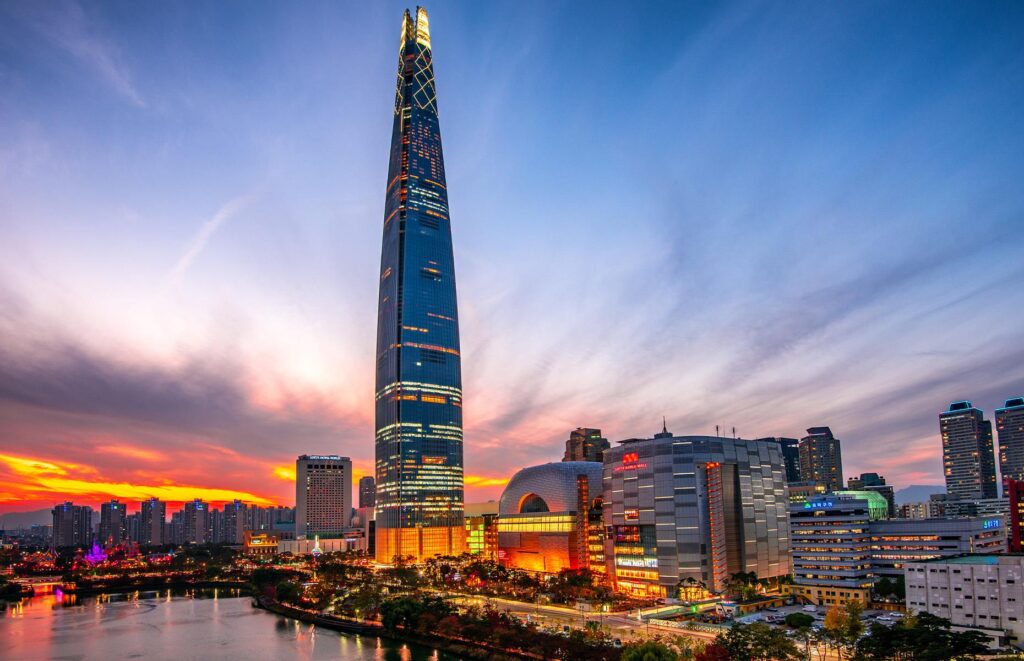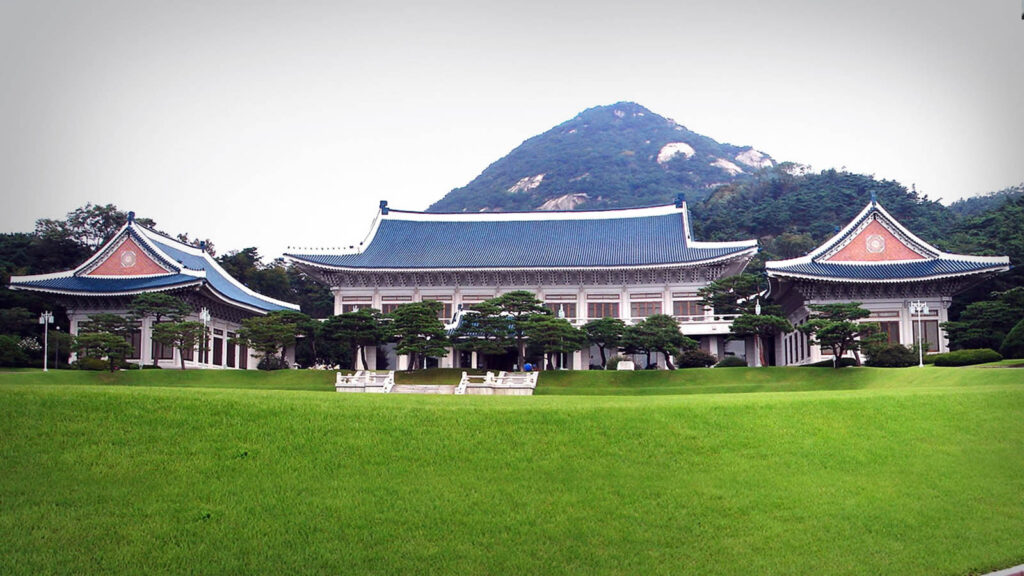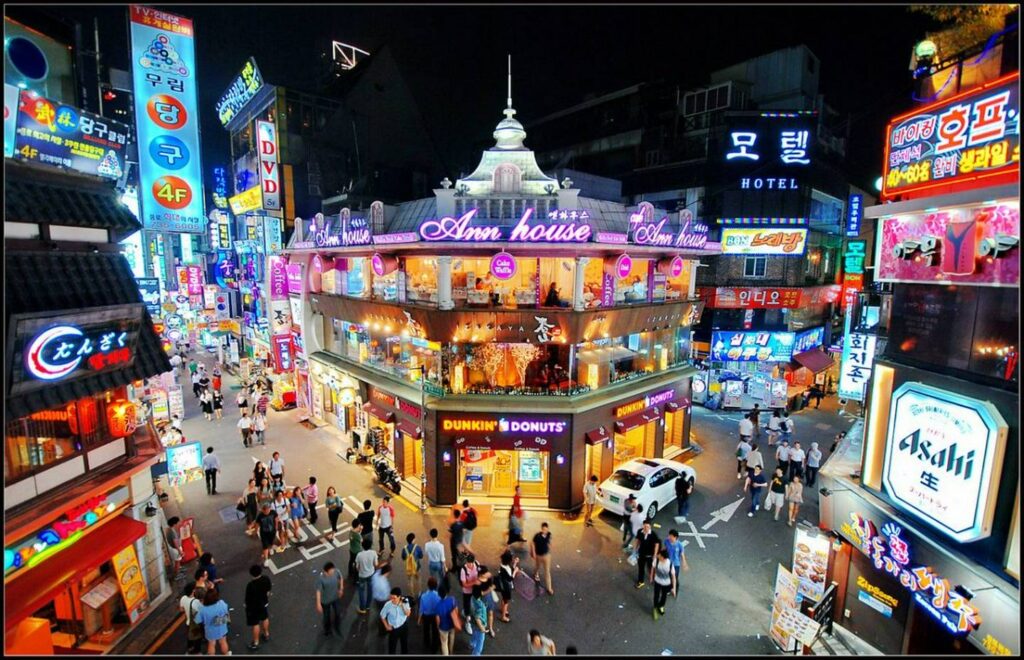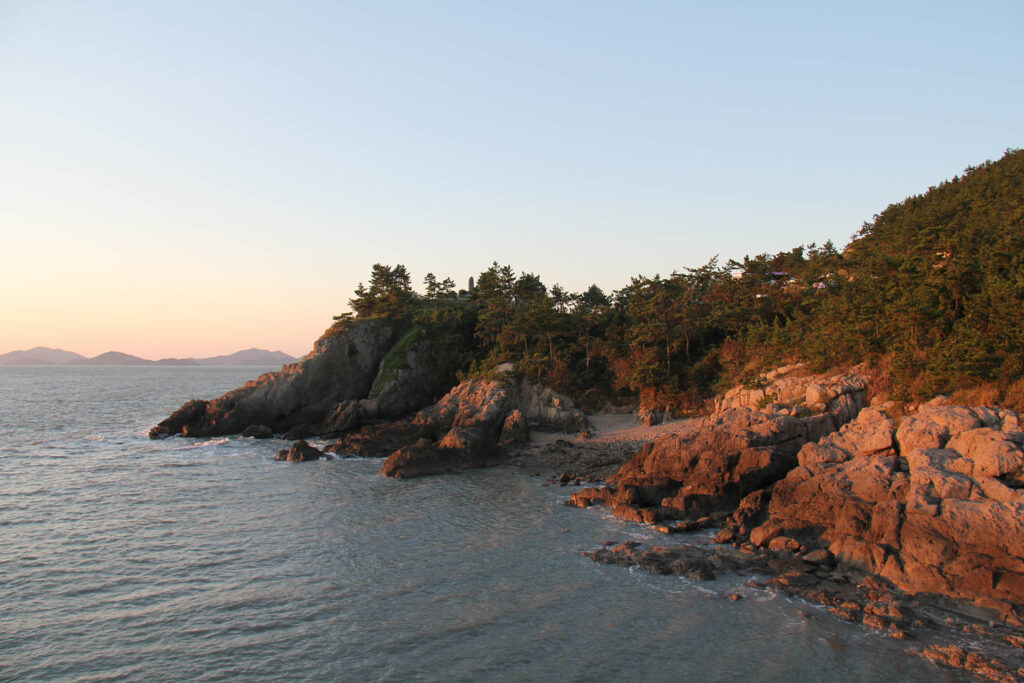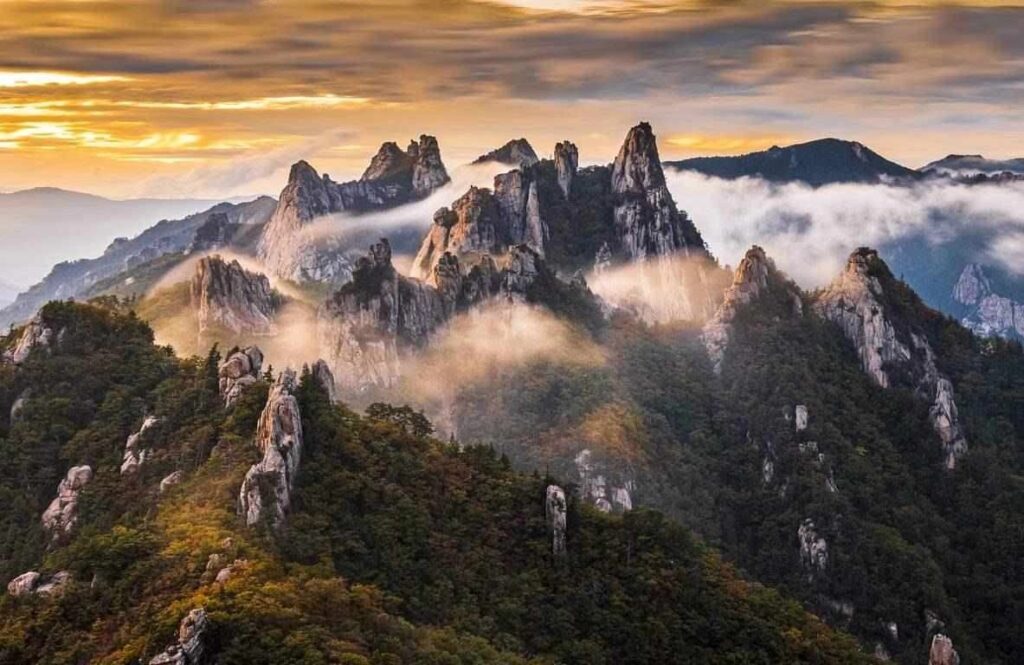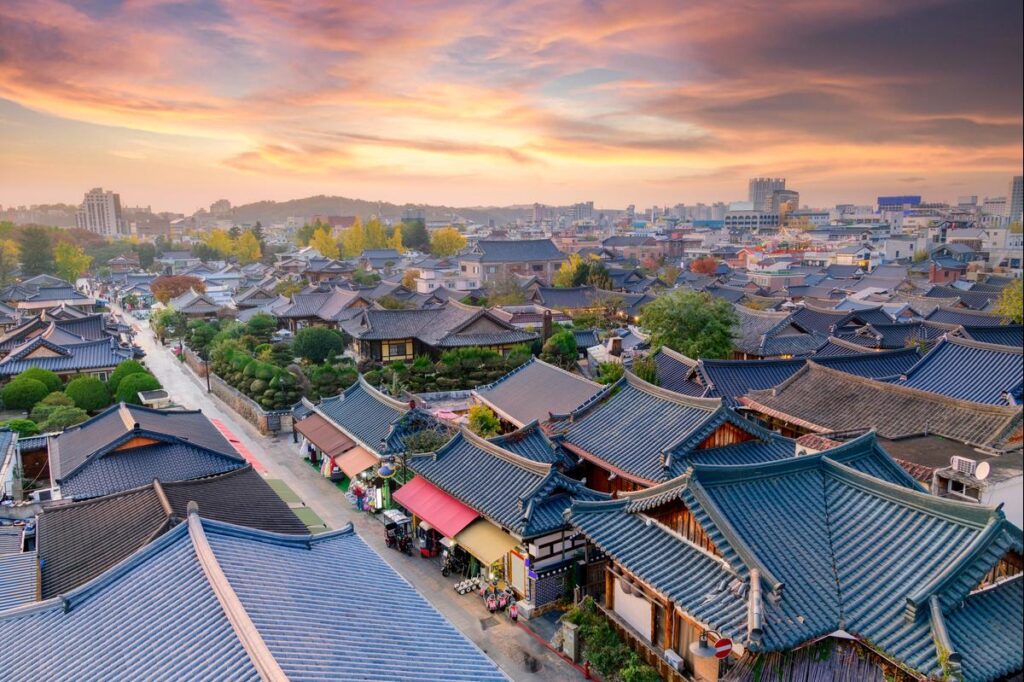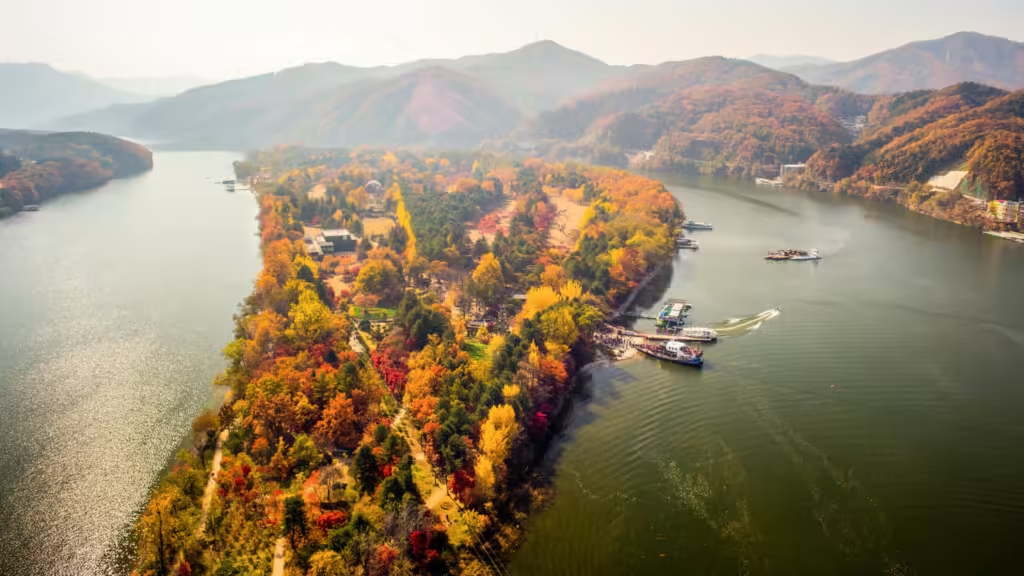Introducing The Jeju Island
Jeju Island, a semi-tropical volcanic island located off the southern coast of the Korean Peninsula, is a true gem in South Korea’s crown. With its stunning natural landscapes, rich cultural heritage, and unique blend of traditional and modern elements, Jeju has become a beloved destination for both domestic and international travelers. In this article, we’ll delve into the captivating beauty and diverse offerings of this remarkable island, exploring its breathtaking scenery, intriguing history, and vibrant culture.

Natural Wonders of Jeju
Hallasan Mountain
Hallasan, the towering volcanic mountain that dominates the island’s landscape, is undoubtedly one of Jeju’s most iconic attractions. Standing at an impressive 1,950 meters (6,398 feet) above sea level, it is the highest mountain in South Korea. Hallasan is a designated UNESCO World Natural Heritage site, and its stunning vistas, diverse flora and fauna, and well-maintained hiking trails attract outdoor enthusiasts from around the world.
The hike to the summit of Hallasan is a challenging but rewarding experience, offering panoramic views of the island and the surrounding East China Sea. Along the way, hikers can witness the unique ecological zones that range from sub-tropical forests to alpine tundra, each harboring its own unique plant and animal life.
Lava Tube Caves
Jeju’s volcanic origins have also given rise to an incredible network of lava tube caves, some of which are among the longest in the world. The Manjanggul Cave, a UNESCO World Heritage site, stretches for an impressive 13.4 kilometers (8.3 miles) and is one of the island’s most popular attractions. Visitors can marvel at the intricate lava formations, including stalactites, stalagmites, and lava columns, while exploring the cool and dimly lit interior of the cave.
Other notable lava tube caves on Jeju include the Ssangebang Caves, known for their beautiful lava rock formations, and the Chunkwang Cave, famous for its stunning lava waterfalls and underground lake.
Beaches and Coastal Scenery
Jeju’s coastline is a true feast for the senses, with its dramatic cliffs, secluded coves, and pristine beaches. The Jungmun Daepo Beach, with its soft golden sand and crystal-clear waters, is a popular spot for swimming, sunbathing, and water sports. The nearby Jungmun Sanji Volcanic Coastline offers a breathtaking display of rugged volcanic rock formations that have been sculpted by the relentless force of the ocean.
The Sunrise Peak, or Seongsan Ilchulbong, is another must-visit coastal attraction on Jeju. This UNESCO World Heritage site is a stunning tuff cone formed by hydrovolcanic eruptions, offering panoramic views of the island and the East China Sea. Visitors can hike to the top of the peak and witness the awe-inspiring sight of the sun rising over the horizon.

Cultural Heritage and Traditions
Haenyeo (Women Divers)
Jeju’s haenyeo, or women divers, are a living embodiment of the island’s rich cultural heritage. For centuries, these remarkable women have engaged in the traditional practice of free-dive fishing, harvesting seafood from the depths of the ocean using nothing but their bare hands and a small lead weight.
The haenyeo are renowned for their exceptional breath-holding abilities and resilience, with many continuing to dive well into their 70s and 80s. Visitors can witness these skilled divers in action at various coastal villages around the island, where they gather to sort their catch and share stories of their underwater adventures.
Stone Grandfather Statues
The iconic stone grandfather statues, or dol harubang, are another symbol of Jeju’s cultural identity. These massive, carved rock figures, often depicting a benevolent-looking man with a sturdy physique and distinct facial features, were originally erected as guardians to protect villages from evil spirits and natural disasters.
Today, the dol harubang can be found throughout the island, adorning parks, villages, and tourist sites. They serve as a reminder of Jeju’s rich folklore and traditions, and have become a beloved cultural icon.
Traditional Villages and Folklore
Jeju is home to several traditional villages that offer a glimpse into the island’s past. The Seongeup Folk Village, a well-preserved settlement dating back to the 18th century, is a popular destination for visitors seeking to experience the traditional way of life on Jeju. Here, you can explore thatched-roof houses, witness traditional crafts and performances, and immerse yourself in the island’s rich folklore and customs.
Another notable village is the Sangumburi Crater Village, a unique settlement built within the crater of an extinct volcano. This picturesque village showcases the resilience and resourcefulness of Jeju’s inhabitants, who have adapted to the island’s unique geological landscapes.

Modern Jeju: Attractions and Activities
Themed Parks and Entertainment
While Jeju is celebrated for its natural beauty and cultural heritage, it also offers a range of modern attractions and entertainment options. The Jeju Shinhwa World, a massive integrated resort complex, features a theme park, water park, golf courses, and various shopping and dining venues, providing endless opportunities for family fun and excitement.
For those seeking a more immersive cultural experience, the Jeju Myth and History Theme Park offers a fascinating journey through the island’s rich folklore and traditions, with live performances, interactive exhibits, and replicas of traditional villages.
Culinary Delights
Jeju’s culinary scene is a delightful fusion of traditional and modern flavors, showcasing the island’s abundant seafood, fresh produce, and unique ingredients. Visitors can indulge in local specialties such as black pork, a succulent and flavorful meat renowned for its rich marbling and unique taste.
The island’s seafood is also a highlight, with dishes like hae-mul-tang (spicy seafood stew) and abalone porridge being popular choices. For a truly unique experience, visitors can try the tangy and refreshing hallabong, a traditional Jeju beverage made from the juice of the hallabong fruit.
Shopping and Nightlife
Jeju offers a vibrant shopping and nightlife scene, catering to both locals and visitors. The Nohyeong-dong Street, also known as the “Jeju Brick Road,” is a bustling area lined with trendy shops, cafes, and restaurants. Here, visitors can find everything from locally crafted souvenirs and handmade goods to trendy fashion and accessories.
After a day of exploring the island, Jeju’s nightlife beckons with its lively bars, clubs, and entertainment districts. The Tapdong area, in particular, is renowned for its vibrant nightlife scene, offering a diverse range of venues to suit every taste and preference.
Getting There and Around
Jeju Island is easily accessible from both domestic and international destinations. The Jeju International Airport serves as the main gateway to the island, with frequent flights from major cities in South Korea, as well as direct connections to various international hubs in Asia, Europe, and North America.
Once on the island, visitors can choose from various transportation options, including rental cars, taxis, and an extensive public bus system. Many visitors opt for guided tours or join group tours to fully experience the island’s attractions and maximize their time on Jeju.
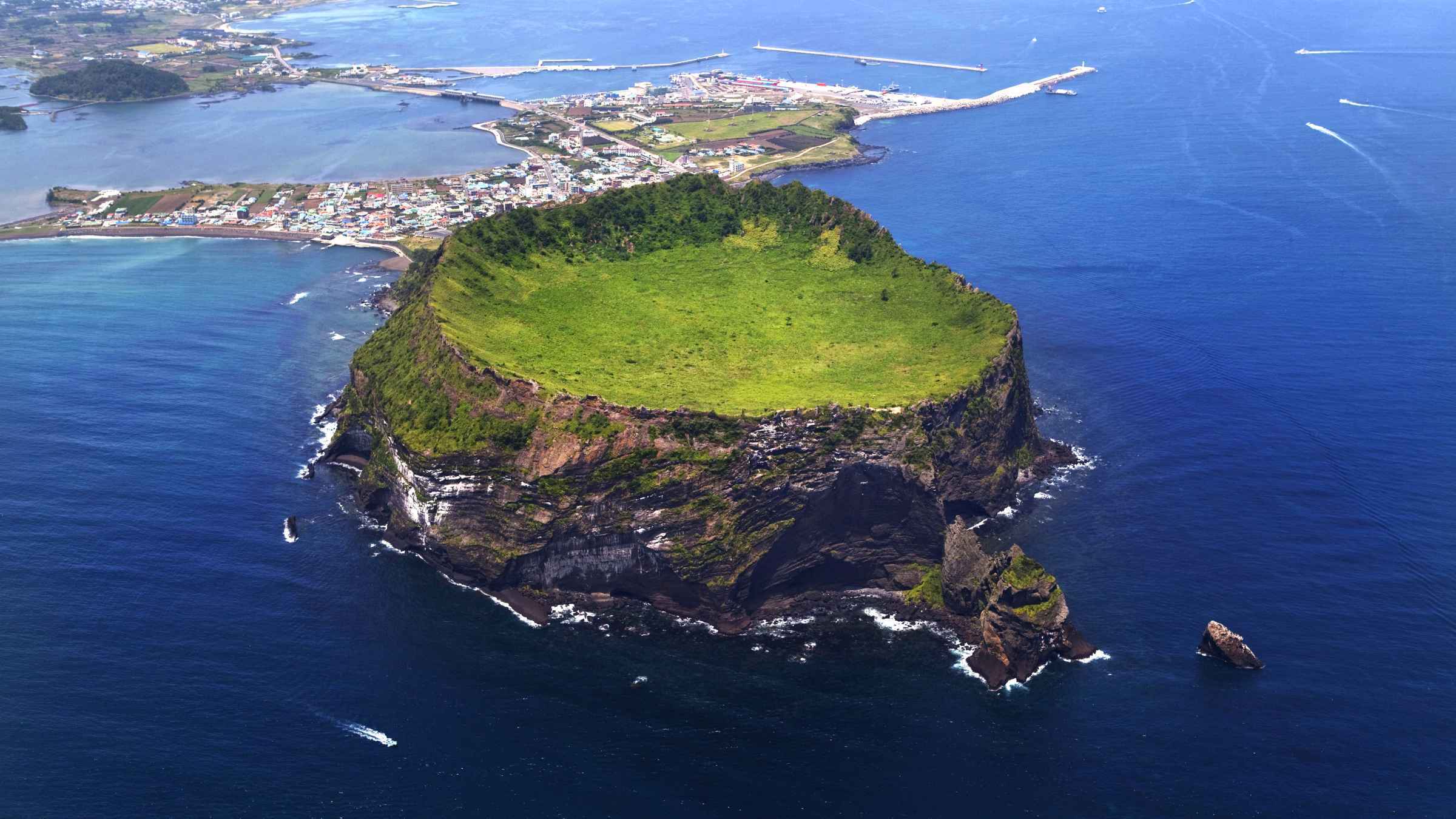
Conclusion
Jeju Island is a true masterpiece of nature, where volcanic landscapes, pristine beaches, and rich cultural traditions converge to create a truly unique and unforgettable destination. Whether you’re an outdoor enthusiast seeking adventure, a culture buff eager to explore ancient traditions, or simply a traveler in search of relaxation and rejuvenation, Jeju has something to offer for everyone. Prepare to be captivated by the island’s breathtaking beauty, charmed by its warm hospitality, and mesmerized by its fascinating blend of natural and cultural wonders.



